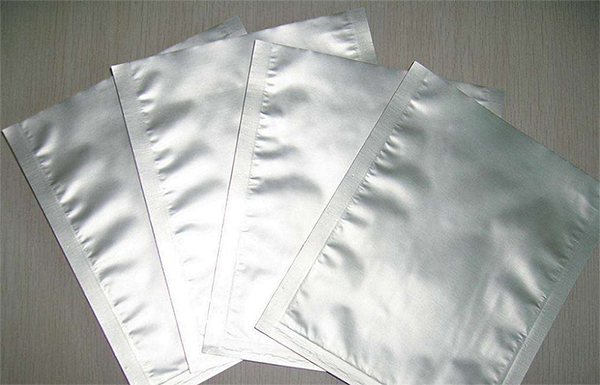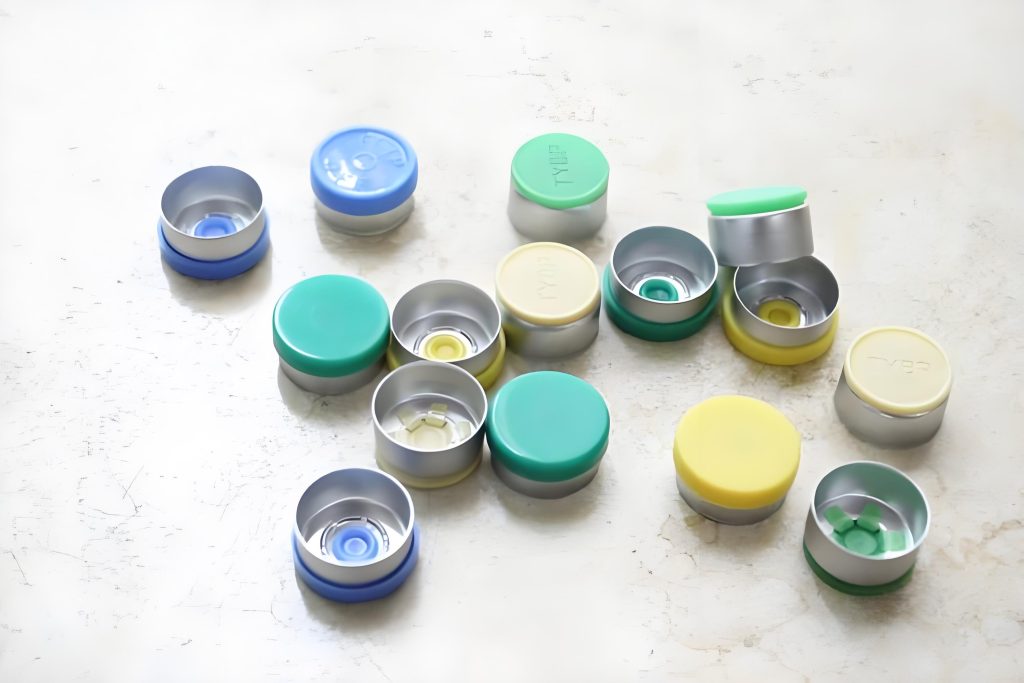Pharmaceutical aluminum foil is a crucial material in the packaging of medicines, offering excellent moisture resistance, oxygen barrier properties, and light protection. These attributes help to extend the shelf life of medications and maintain their quality. The classification of pharmaceutical aluminum foil is primarily based on its application and structural characteristics. Below are some common types:
Alu-Alu (Aluminum-Plastic Composite Film)
Alu-Alu is a packaging material composed of aluminum foil laminated with plastic films. It is commonly used for packing capsules, tablets, and other solid medicines. Key features include:
– Excellent Barrier Properties: Effectively blocks moisture, oxygen, and light, safeguarding the medicines from environmental factors.
– Good Mechanical Strength: Provides sufficient tensile strength and puncture resistance to maintain integrity during packaging.
– Heat Sealability: Can be heat-sealed to ensure airtight packaging.

Blister Foil
Blister foil is a widely used packaging form for tablets, capsules, and other solid medicines. It typically consists of an aluminum foil layer coated with a heat-sealable lacquer and a layer of polyvinyl chloride (PVC) or other plastic films. Benefits include:
– Convenient for Carrying and Use: The unit-dose packaging allows easy access and helps patients adhere to dosage requirements.
– Effective Protection: Provides excellent moisture and oxygen barrier, extending the shelf life of medicines.

Lidding Foil
Lidding foil is used as a sealing material for pharmaceutical containers, such as bottles and tubes. It is usually combined with plastic containers and sealed using heat or cold sealing techniques. Characteristics include:
– Good Sealing Performance: Effectively blocks air and moisture, protecting the medicine from contamination.
– Easy to Peel: Facilitates easy access to the medication.
– Customizable Printing and Coatings: Enhances the aesthetic appeal and brand recognition of the packaging.

Strip Foil
Strip foil is primarily used for packaging medications in strip form, such as toothpaste or ointments. Made by laminating aluminum foil with plastic, its advantages include:
– Flexibility: Suitable for squeeze-type packaging, allowing easy dispensing of the medication.
– Superior Barrier Properties: Effectively blocks air, moisture, and light, ensuring the stability and efficacy of the medicine.
Cold Forming Foil
Cold forming foil is a high-barrier material used for packaging sensitive medicines that require protection from moisture, light, and oxygen. Its structure includes aluminum foil laminated with plastic films, formed through cold stamping processes. Key features include:
– Exceptional Barrier Performance: Provides the highest level of protection, preventing moisture, oxidation, and degradation of the medication.
– High Strength and Durability: Suitable for protecting high-value and highly sensitive medicines.
Conclusion
Pharmaceutical aluminum foil plays an essential role in the packaging of medicines, providing various structural and type-specific solutions to meet diverse packaging needs. Whether it is the packaging of solid medicines, sealing of tube containers, or high-barrier protection for sensitive medications, pharmaceutical aluminum foil ensures the quality and safety of the medicines, making it an indispensable part of the pharmaceutical packaging industry.


